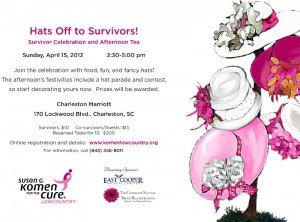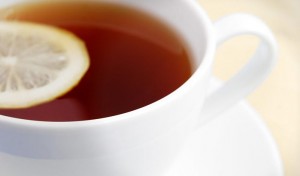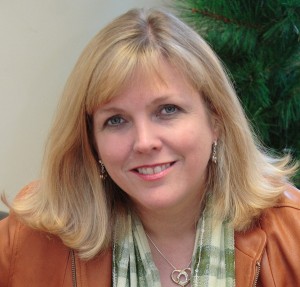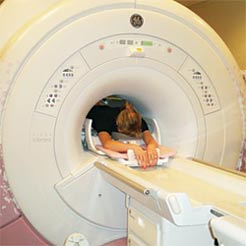 The below question is answered by Richard M. Kline Jr., M.D., of The Center for Natural Breast Reconstruction.
The below question is answered by Richard M. Kline Jr., M.D., of The Center for Natural Breast Reconstruction.
At what point in the process should a breast cancer patient see a breast reconstruction surgeon?
Opinions on this vary, but I think the prevailing opinion is the sooner the better. Ideally, the patient would see the reconstructive surgeon even before plans were finalized for treating her cancer. This is because many times several options are available to the patient, and she may not fully understand the implications of the various options available to her unless she understands what reconstructive options are available in each setting.
A Little Bit About Our Surgical Team :
Co-directors Dr. Richard M. Kline and Dr. James E. Craigie are certified by The American Board of Plastic Surgery. Both surgeons have trained under Dr. Robert J. Allen, a pioneer in breast reconstruction using the DIEP, SIEA, and GAP flaps. Dr. Craigie completed a microsurgical breast reconstruction fellowship dedicated to muscle sparing techniques (directed by Robert J. Allen, M.D.). Dr. Kline completed his residency at LSU while Dr. Allen was developing these techniques.
Our entire surgical team is dedicated to remaining at the forefront of breast reconstruction surgery to provide excellent care and results for each individual patient. Because of this commitment, the practice consistently earns referrals from our patients, as well as from other surgeons throughout the United States.
Knowing the RIGHT Questions to Ask:
When searching for a surgeon to perform your microsurgical breast reconstruction, it’s important to ask him or her the right questions.
Below are a few questions to ask:
- Are you a microsurgeon? Where and by whom were you trained in this specialty?
- How many microsurgeries have you performed? And how often do you perform them?
- What is your success rate?
- Can you arrange for me to speak with some of your patients who have had the procedure I am seeking? (Candidates should speak with people of similar ages and lifestyles).
- How long do you anticipate I will be under anesthesia for the procedure?
- How many board certified physicians will be assisting with the first stage of the procedure? Will there be physicians in training (residents) involved with my surgery
- Will I have to sign a consent that if a physician is unable to complete the procedure, I will have to consent to a TRAM/Free TRAM?
Do you have a question about breast implants or natural breast reconstruction? Ask our surgical team by clicking HERE.


![GITW-Shoe-Logo-For-CC[1]](http://breastreconstructionnetwork.com/wp-content/uploads/2012/03/GITW-Shoe-Logo-For-CC1.png)












